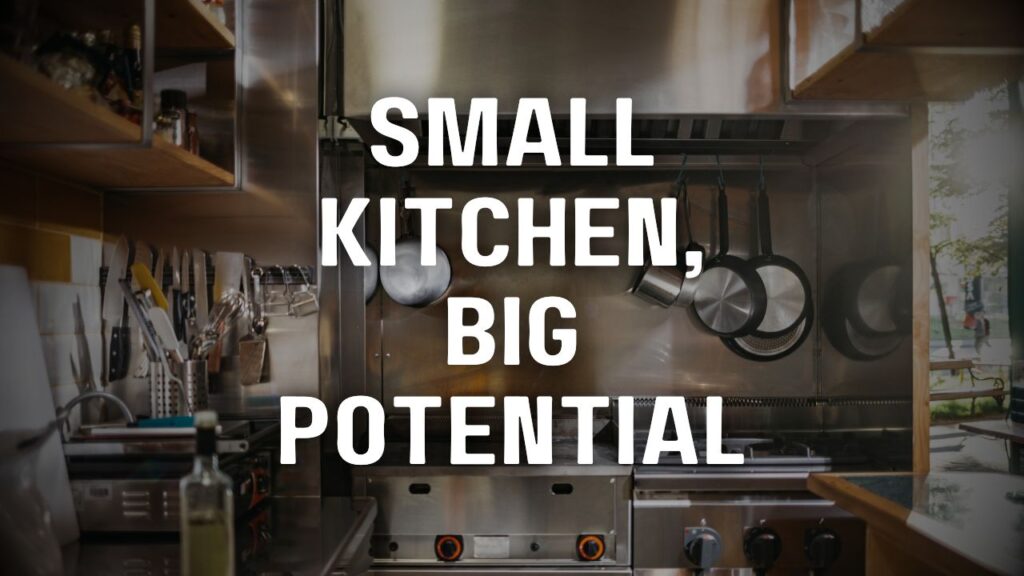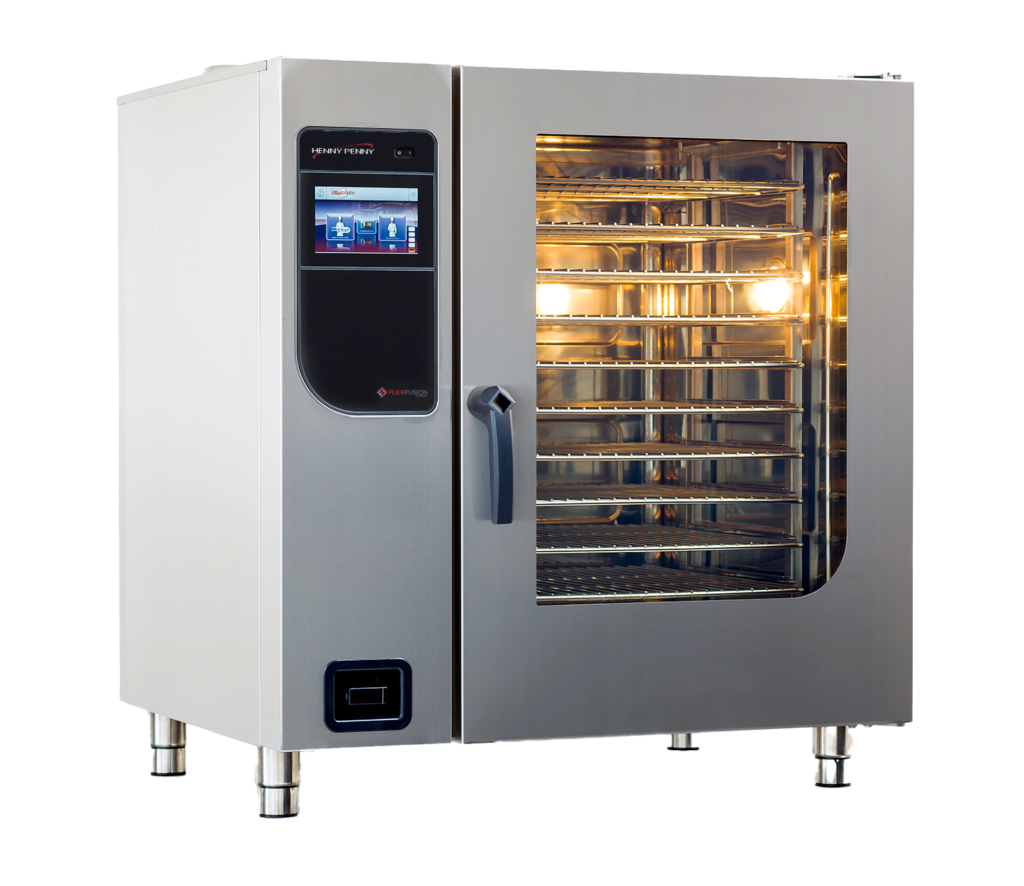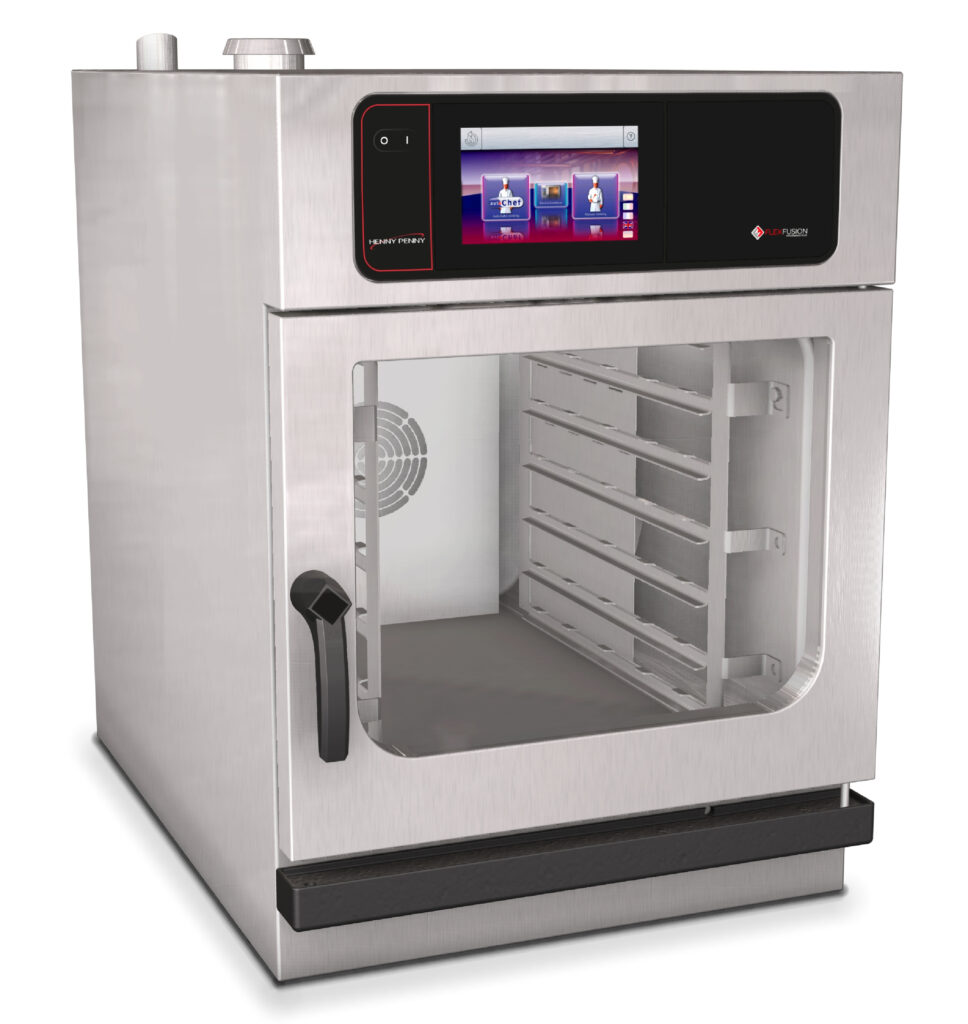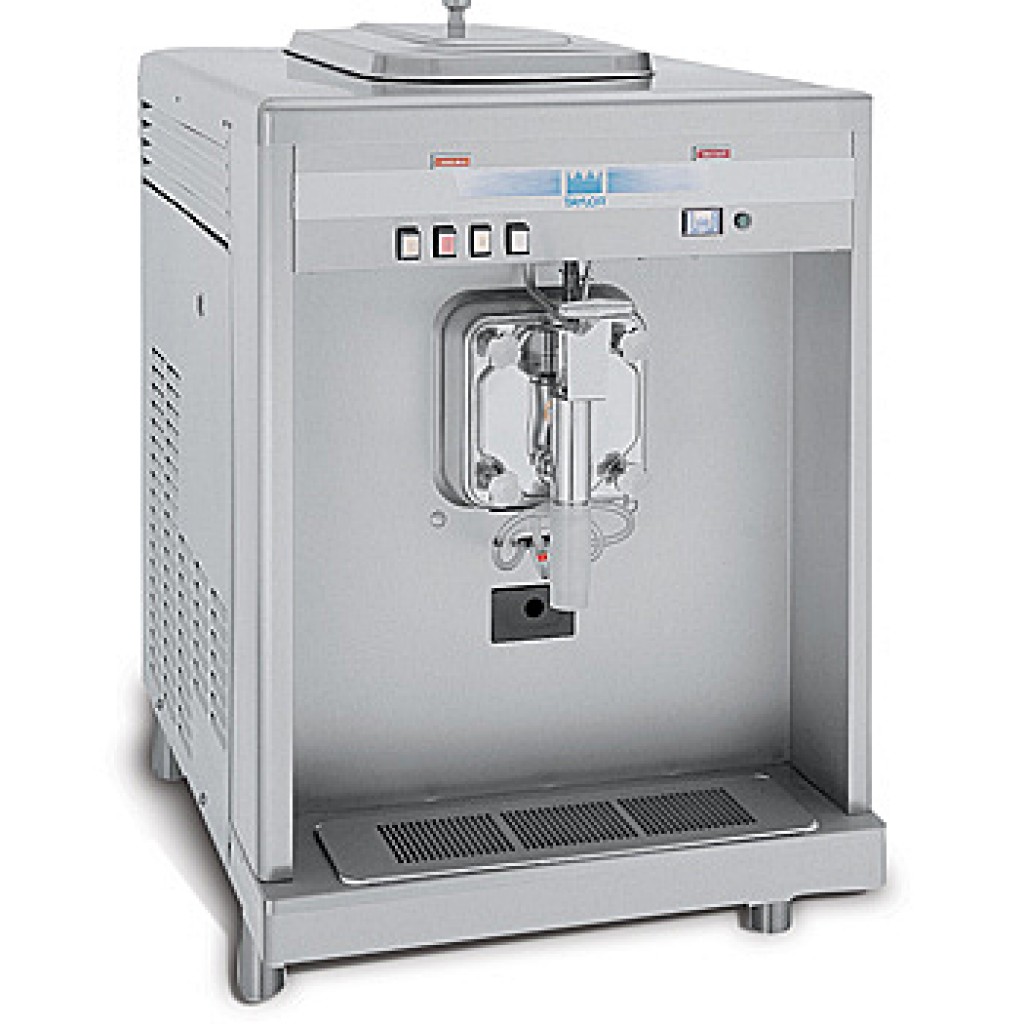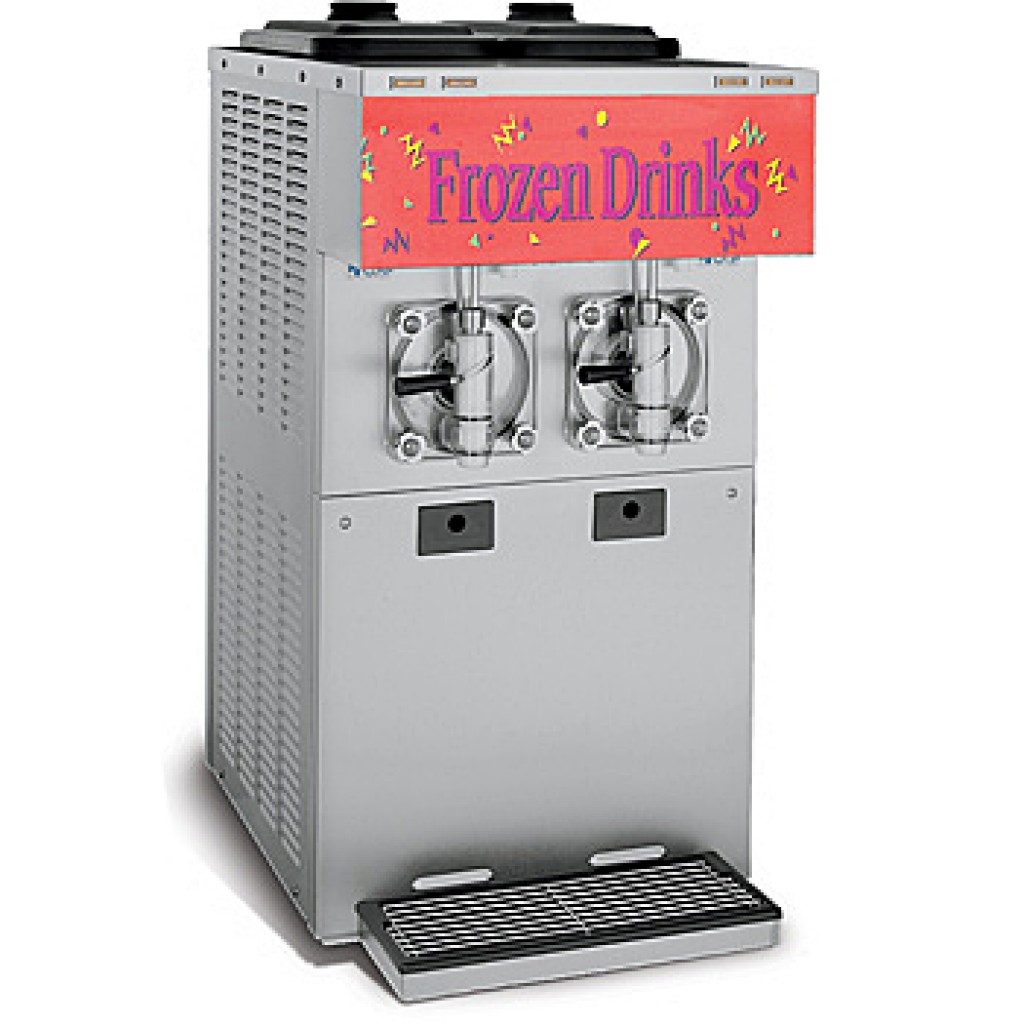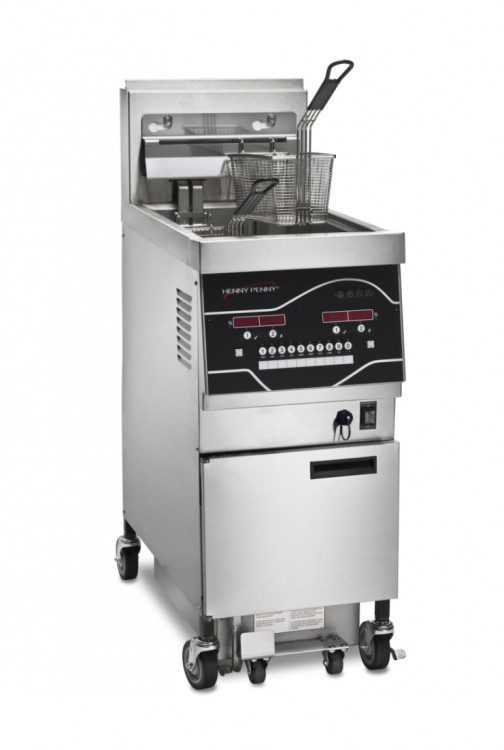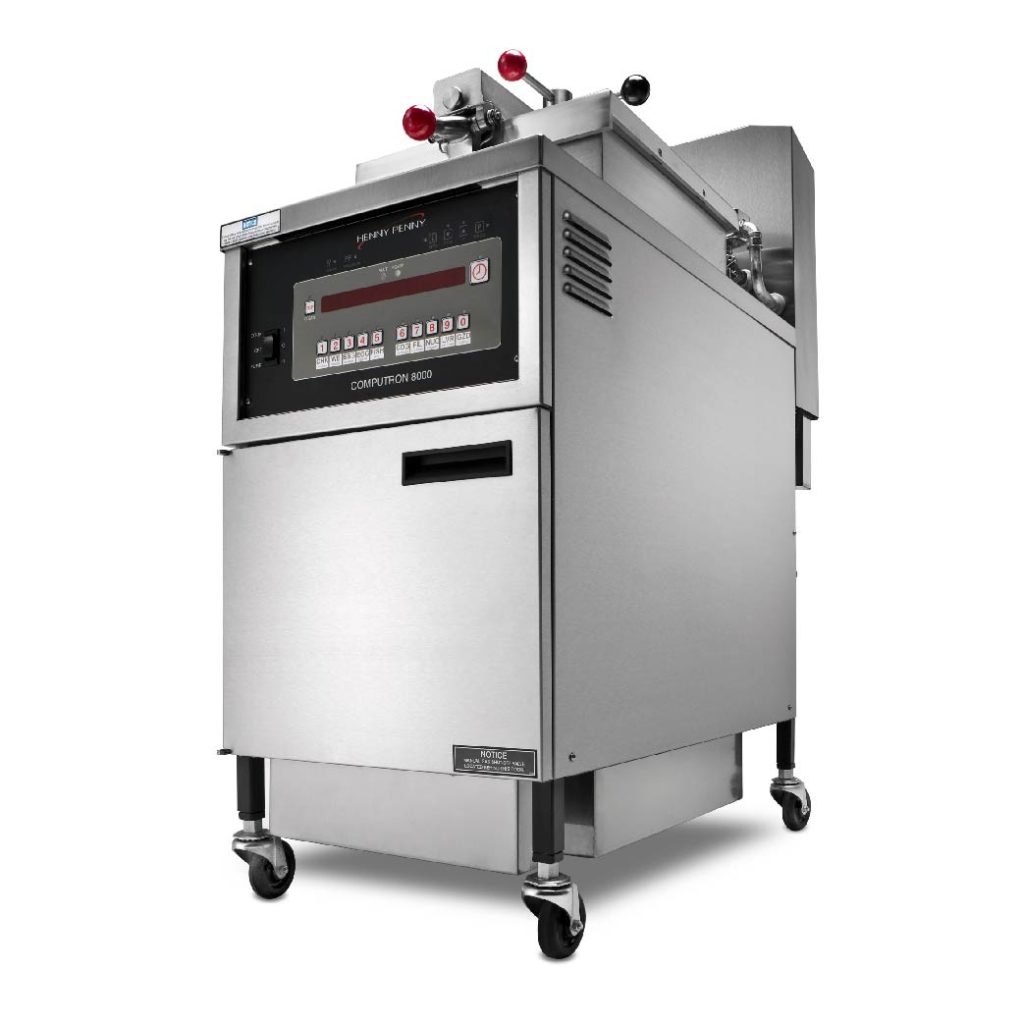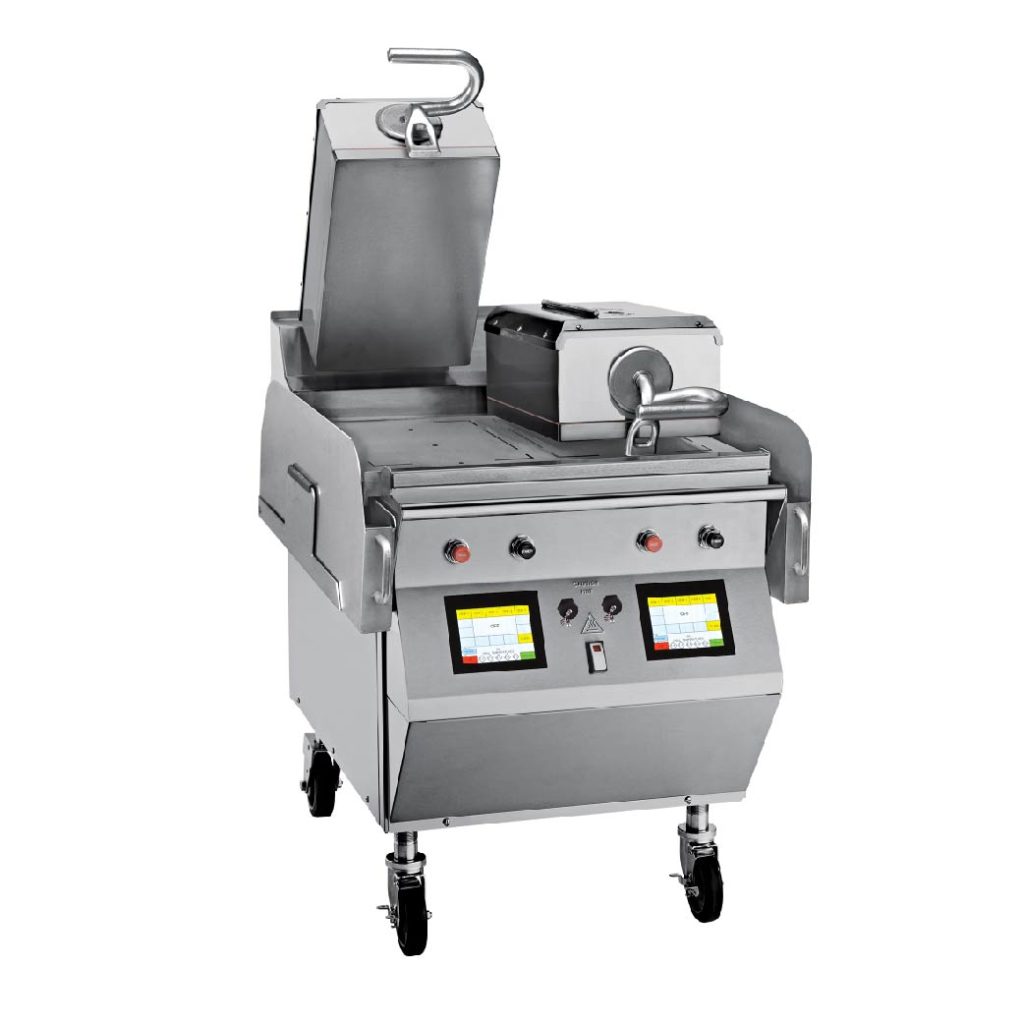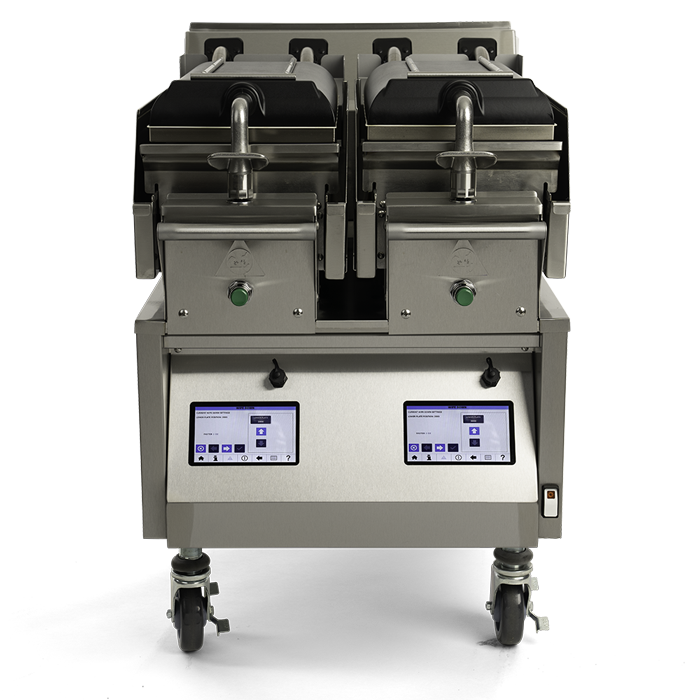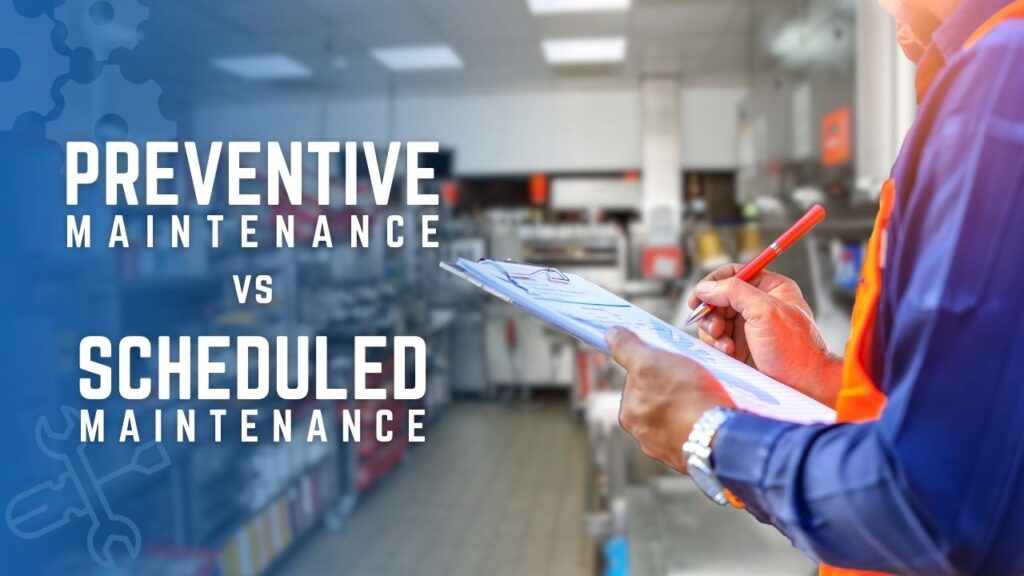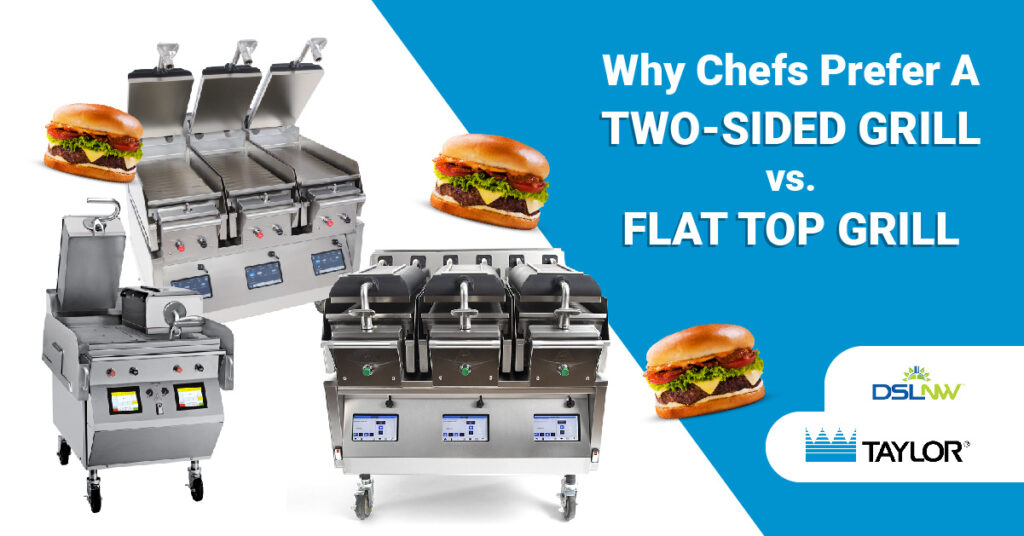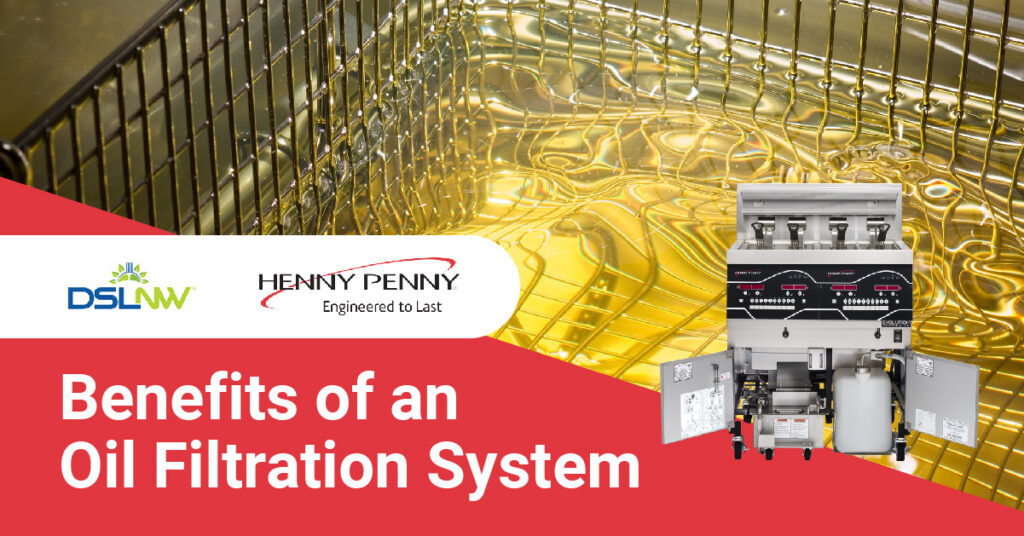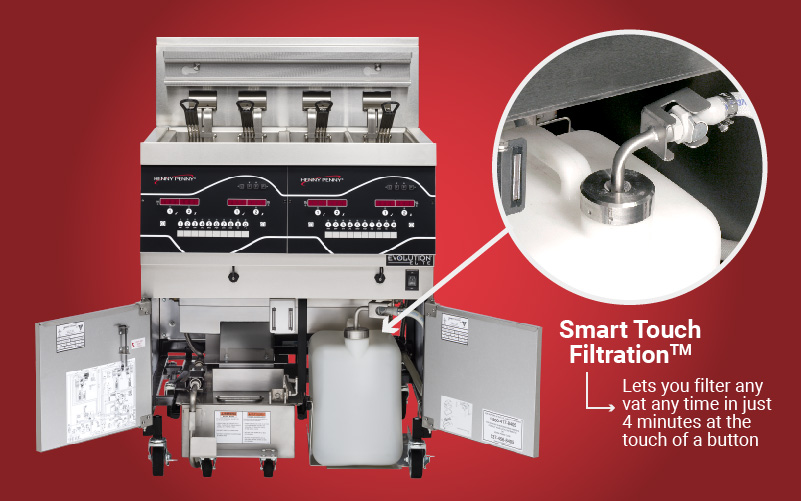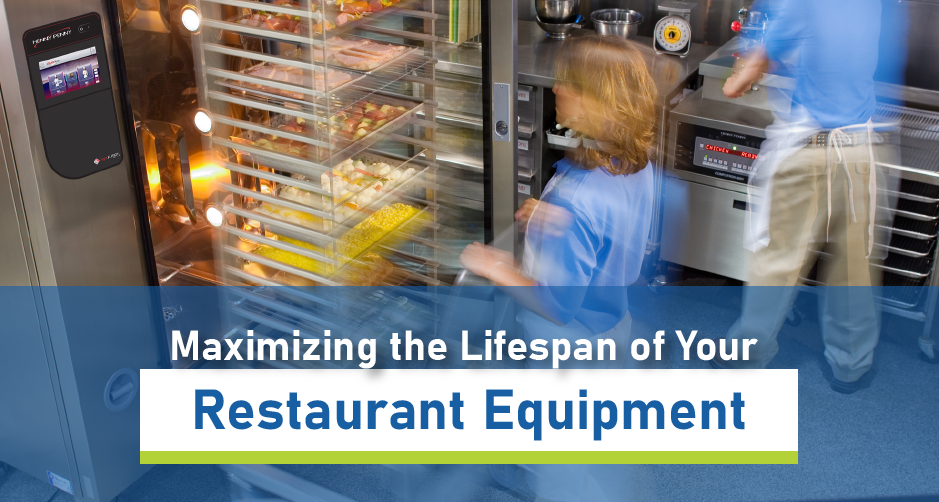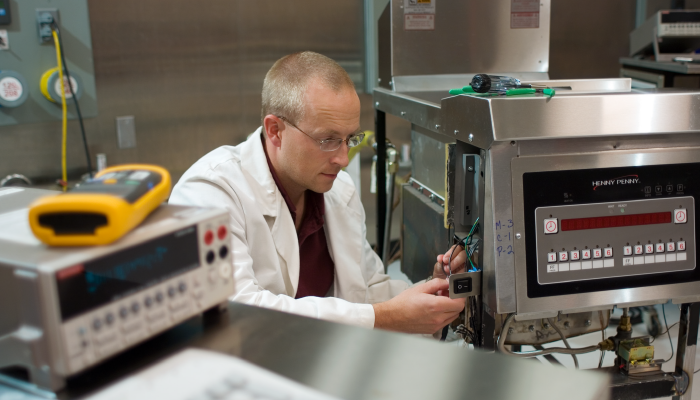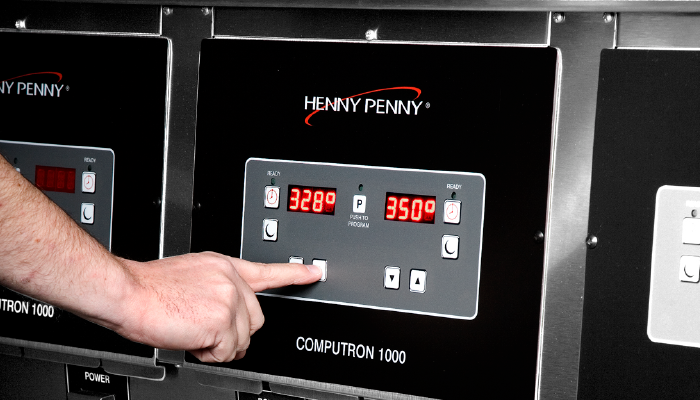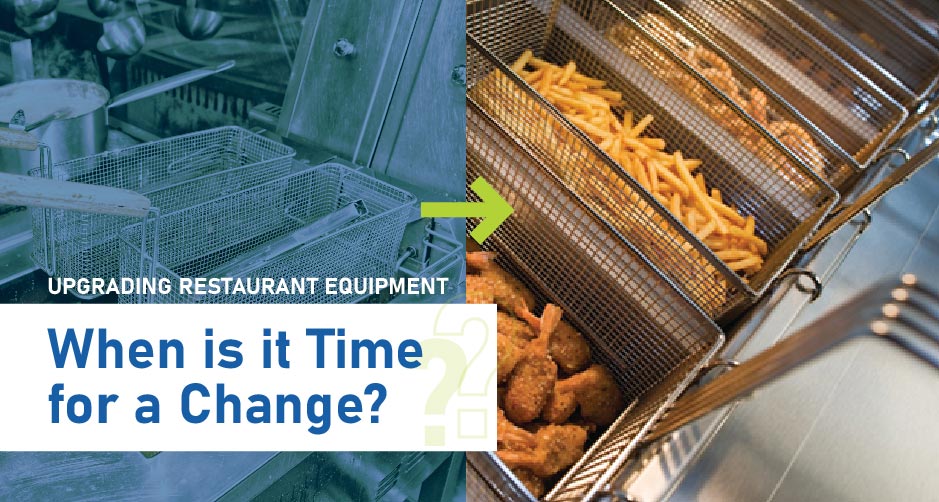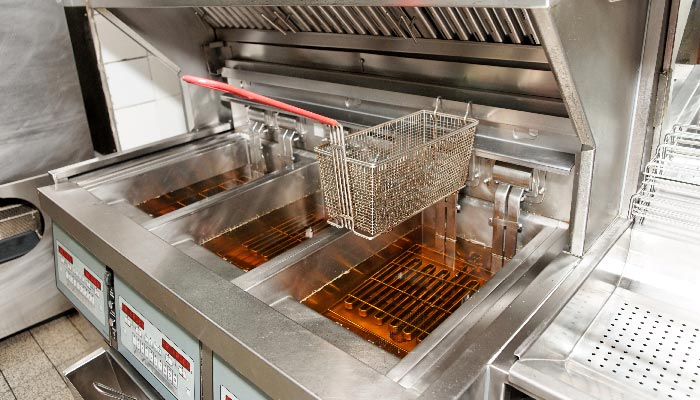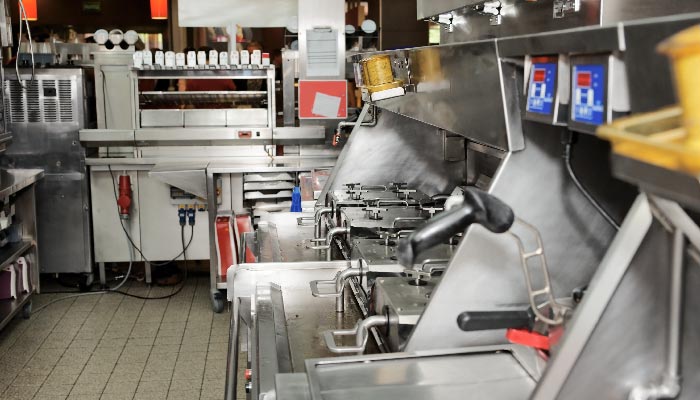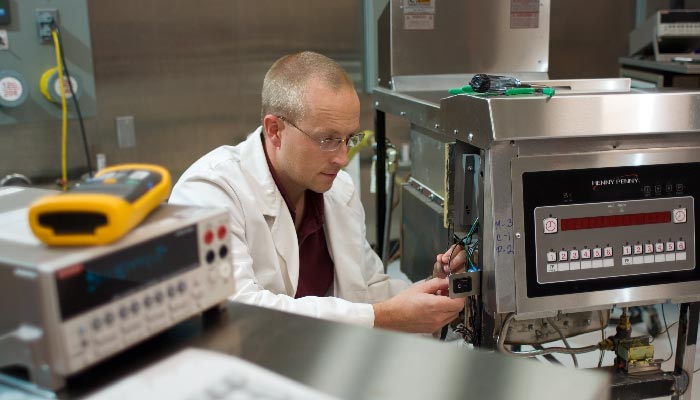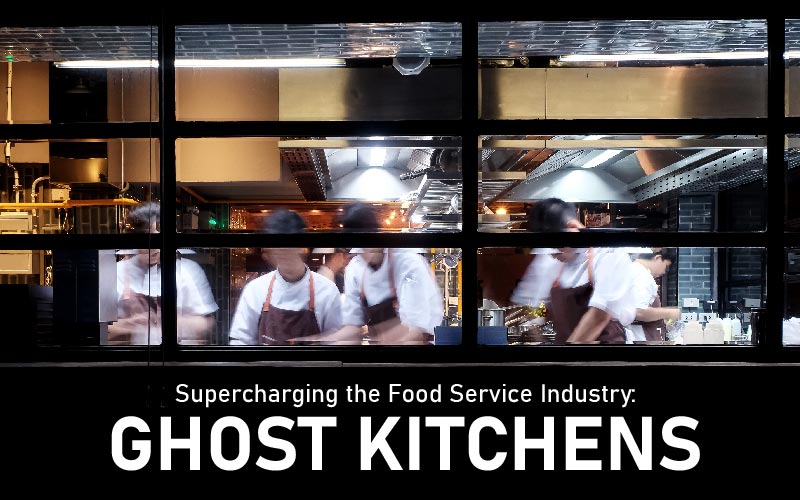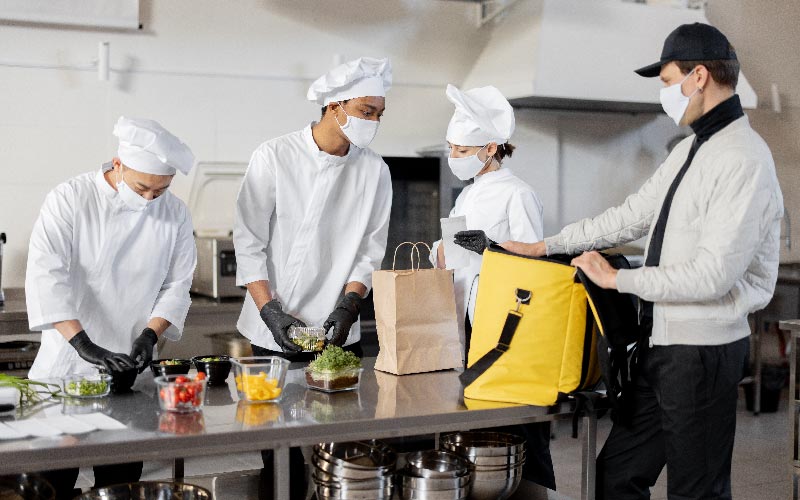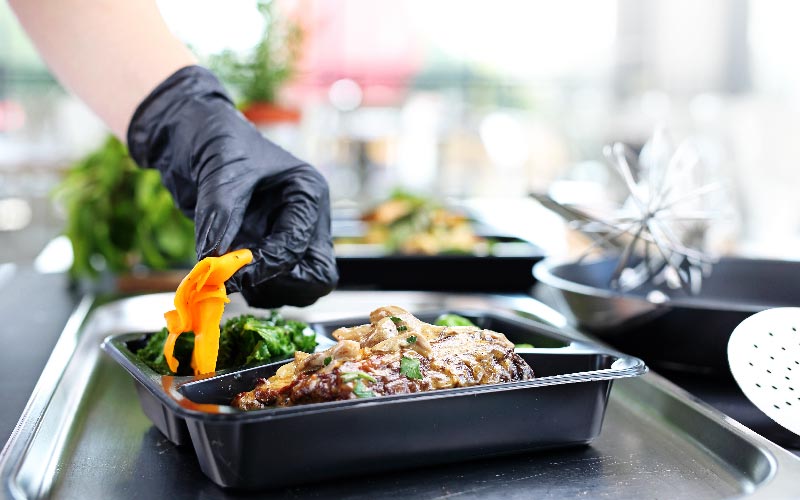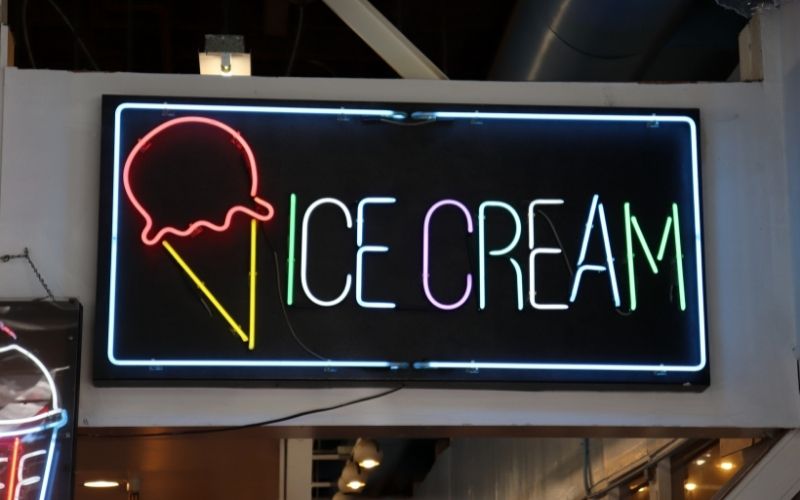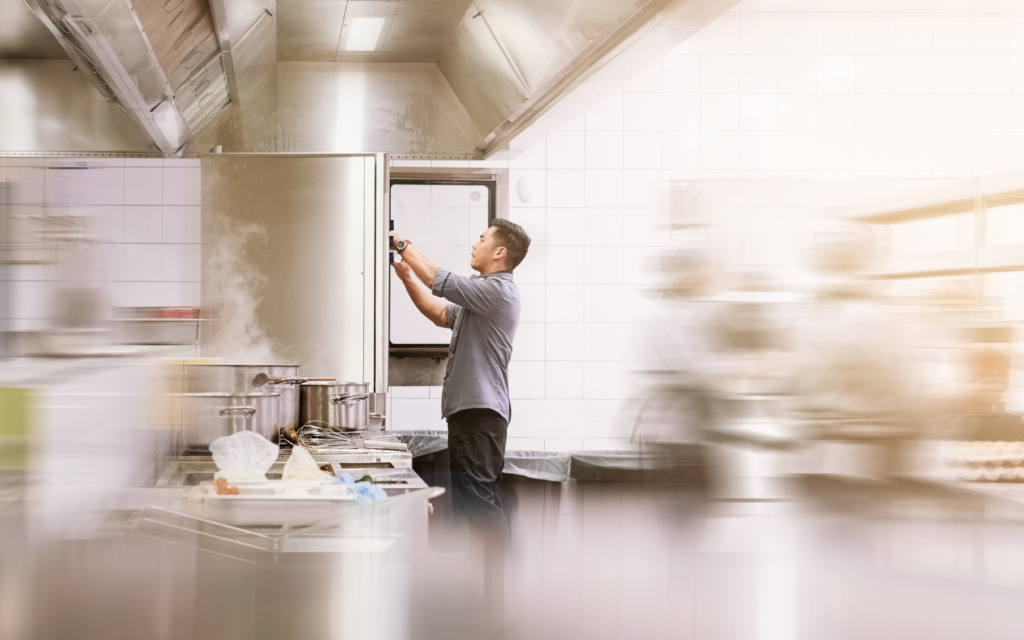Are you running a sweet business and looking to increase your sales? If so, then investing in a reliable dessert freezer may be the key to success for your shop. Not only will it allow you to increase the variety of treats you can offer customers, but it also provides several other benefits that could give your business a long-lasting advantage. In this blog post, we’ll be exploring why adding a dedicated dessert freezer can help boost profits and make management easier. Read on to learn more about how having an effective dessert freezing system in place can help take your sweet business from good to great.

Benefits of Adding Dessert Freezers to Your Business
As a business owner, you’re always looking for ways to increase your revenue and give your customers the best experience possible. Adding dessert freezers to your establishment can help you achieve both of these goals. Not only will you be able to offer a wider range of products to your customers, but you’ll also be able to increase your profits by tapping into the lucrative dessert market.
- Enhanced Product Quality: Dessert freezers maintain consistent temperatures, ensuring that ice creams and frozen desserts maintain their ideal texture and flavor. This consistency leads to higher customer satisfaction as they can rely on consistently delicious treats.
- Increased Product Variety: With dessert freezers, businesses can expand their menu by offering a wider range of frozen desserts and flavors. This versatility can attract more customers and boost sales, especially during hot weather or special occasions.
- Improved Profit Margins: Efficient dessert freezers can help businesses reduce waste by preventing product spoilage. Additionally, they allow for better inventory management and bulk production, leading to cost savings and increased profit margins.
With dessert freezers, you can keep your desserts fresh and ready to serve, ensuring that your customers always have access to high-quality treats that will keep them coming back for more.
Best Practices for Choosing and Placing Your Dessert Freezers
When it comes to choosing and placing your dessert freezers, there are a few key best practices that will ensure you’re providing the best possible experience for your customers:
- Consider Freezer Size and Style:
- Determine whether you need standalone freezers or built-in units to suit your space and aesthetic.
- Mindful Freezer Placement:
- Ensure your freezers are strategically placed for easy access by both customers and staff.
- Avoid obstructing foot traffic or creating congestion in your establishment.
- Think About Dessert Types:
- Tailor your freezer choice to the type of desserts you’ll be offering.
- For ice cream businesses, prioritize freezers that maintain a consistently cold temperature to prevent melting.
By following these best practices, you’ll be well on your way to providing your customers with delicious and perfectly chilled desserts.

Ideas to Keep Customers Coming Back for More Frozen Delights
In the world of frozen desserts, competition is fierce. If you want your customers to come back for more, you need to provide them with an exceptional experience. Start with the basics. Your storefront should be welcoming and clean. Your staff should be knowledgeable and friendly. Beyond that, consider what sets your product apart. Are you using unique flavors or locally sourced ingredients? Do you offer customizable options like mix-ins or toppings? These can be great ways to keep your customers interested and coming back for more. Consider implementing a loyalty program or hosting special events to further engage your customers and show them that you appreciate their business. By prioritizing the customer experience and going above and beyond in your product offerings, you’ll be sure to keep your customers coming back for more frozen delights.
Creative Ways to Make a Unique Dessert Experience for Customers
As a dessert lover, there’s nothing quite like indulging in a unique and delicious dessert experience. That’s why as a dessert chef or business owner, it’s important to stand out from the crowd by offering creative dessert options that will leave your customers coming back for more. From offering interactive dessert stations where customers can customize their own treats, to incorporating unexpected flavors and textures, the possibilities are truly endless. By taking the time to craft a truly unique dessert experience, you can set yourself apart from the competition and leave a lasting impression on your customers. So why settle for generic desserts when you can offer something truly special? Get creative and watch your business soar!
In conclusion, investing in dessert freezers and offering frozen treats is a great way to help your business succeed. By being mindful of the best practices for choosing and placing your freezers, creating promotion and sales strategies, focusing on customer satisfaction, and finding creative ways to stand out from the competition, you can create an unforgettable frozen experience for your customers. So why wait? Take advantage of the many benefits of owning a dessert freezer today and don’t miss out on capturing more profits for your business! Start by exploring our inventory of certified freezers designed with all the features needed to confidently promote and provide delicious desserts to delight even the most discerning customers. With a combination of quality product offerings that bring convenience and pleasure to customers everywhere, choosing dessert freezers can be an investment you are sure to see returns on soon.

